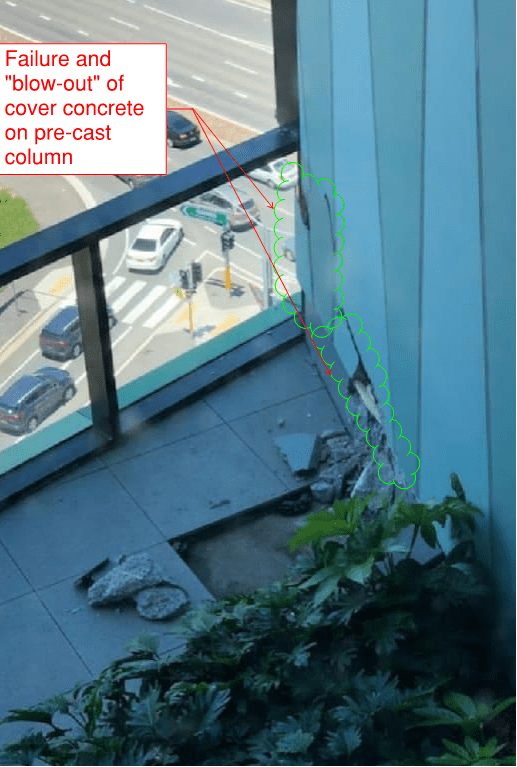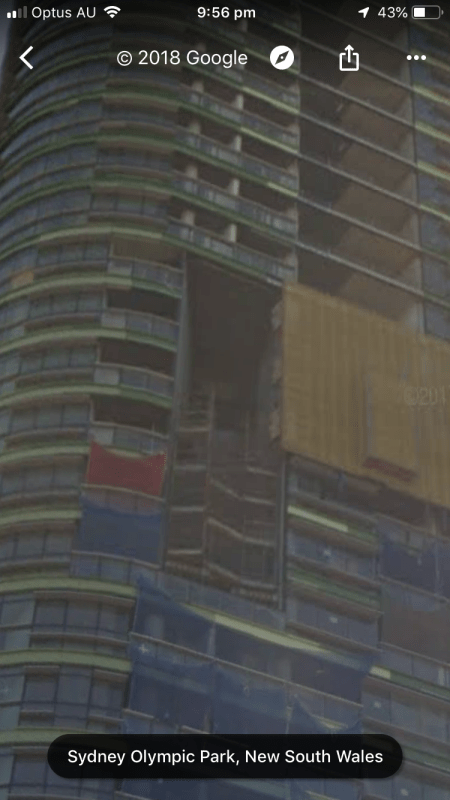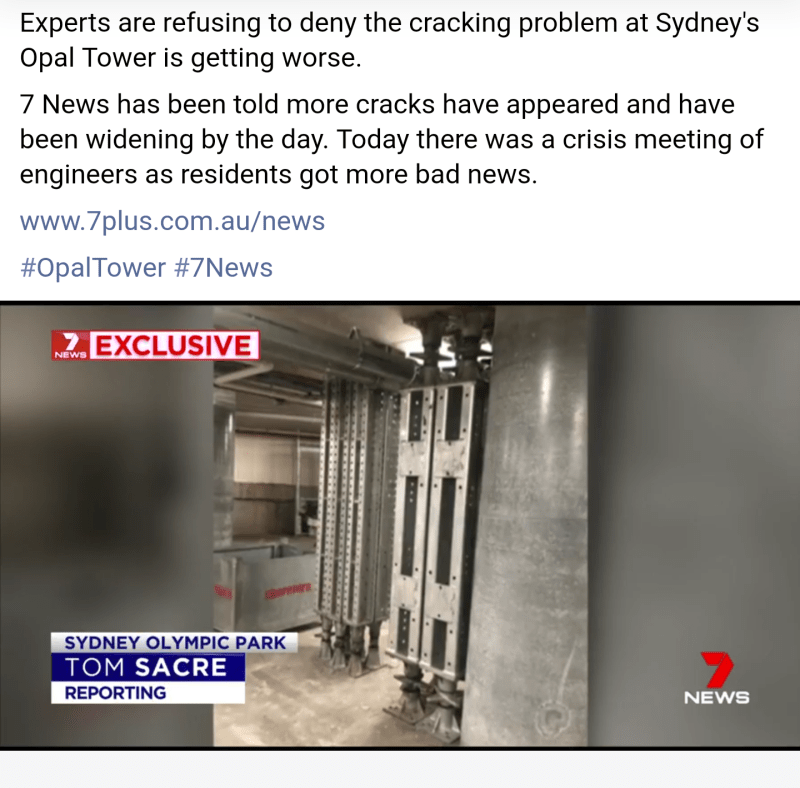tomfh said:
SheerForceEng, you seem very keen to lay the blame on the workers, eg saying tier 1 firms like wSP almost never make mistakes, and saying its most likely just a poor grouting issue and that the consultants would therefore have no responsibily there.
Hi tomfh, appreciate your input. I don't wish to lay blame unwarranted to any party (bearing in mind that this discussion is filled with hypotheses that precede my comments which you can either look at as being a blame game or a discussion amongst interested parties and enthusiasts based on limited information that is out in public currently). I simply came to my conclusion based on the information that I know is currently being circulated in the public domain mixed with my past experience and dealing with these very failures on projects across Australia....
- Photos show that local failure at the wall base has occurred, but not total failure of the wall itself, I believe a design error (i.e. under-sizing of the wall strength or thickness) would mean the wall would have continued failing rather than crumbling until a point of larger contact area was reached.
- An error in design would be picked up by now during these investigations noting that there is also a third party engaged by the developer checking the design. If a design error existed in this local area a couple of days should be enough to spot check this. The potential poor grouting issue is not readily detectable and in fact if my theory is correct they may never find out as the failure has now occurred and full bearing is now achieved, we may never know weather there was adequate grouting or not unless another lightly loaded column (that hasn't failed) is found and investigated to have poor grouting undertaken on it. This is the reason why the engineers, builder and developer are scratching their heads and sadly not able to give the residents the answers they need in my opinion.
- Playing the averages, in all the constructed failures I have been involved with investigating approximately 15% are design related with the remainder being a mixture of workmanship/materials or a structure being loaded beyond what it had been designed for with its intended use.
tomfh said:
Assuming it is merely just poor grouting (and we don’t know that) it’s not ok for consultants to leave it up to workers to ensure critical load bearing elements like these are grouted. If you need 80MPa grout across the whole bearing area for your walls not to explode then you need to check it’s gone in and that it’s the right stuff.
Your comment has probably hit the nail on the head regarding why I don't understand why there is no code coverage or regulatory guidance considering this issue has been around for over ten years now.
Regarding presence of the design engineer on-site, you could argue that every piece of the structure is important not just select critical locations. The standard across the board in Australia is that generally the design engineer does not have a full time site presence to hold the builders hand through every step of the construction process. Notwithstanding this status quo, this junction is particularly hard to inspect and I will try to explain why in my elaboration below...
There are two methods to grout column connections which are adopted in Australia,
Option 1 is quicker and easier to build and is the obvious builders proffered, however impossible to visually inspect as an engineer.
Option 2 is far more labour and time intensive however results in a better outcome for the structural integrity of the connection itself and the quality however is used far less and not as common, as the builder generally decides what construction methodology they want to use even sometimes against the engineers recomendation.
Option 1
1. Plastic packers/shims are placed on surface of slab/beam
2. Pre-cast column is placed on packers
3. "Ram Pack" grout is then used around the column perimeter to grout up the contact surface i.e. a dry or semi-dry grout mix.
The above procedure when completed makes it impossible to visually inspect weather full contact area has been achieved. IT is also tricky to get the grout all the way to the centre of the column/wall if it is of a large cross-section.
A visual inspection can show that the full perimeter is covered (which it generally is) however voids may exist internally which are not visible. This is a primary reason why, looking at the photo of the failure, I theorise that the cover concrete has blown away because that is where the higher stress is most likely generated (perimeter of the wall/column) until the wall then locally fails and therefore closes up the potential voids within internally.
Option 2
1. Plastic packers/shims are placed on surface of slab/beam
2. Pre-cast column is placed on packers
3. Exterior perimeter of column is sealed up temporarily with one breather hole for grout access
4. A "flowable" grout mix is then pressure injected into the gap between column and slab,
5. Usually a breather hole or two is cast into the column itself via grouting tubes which would allow the grout to extrude out of the column therefore indicating that the joint is fully "filled". Generally flow of grout from the breather holes is allowed to continue for several seconds to ensure no air pockets remain.



